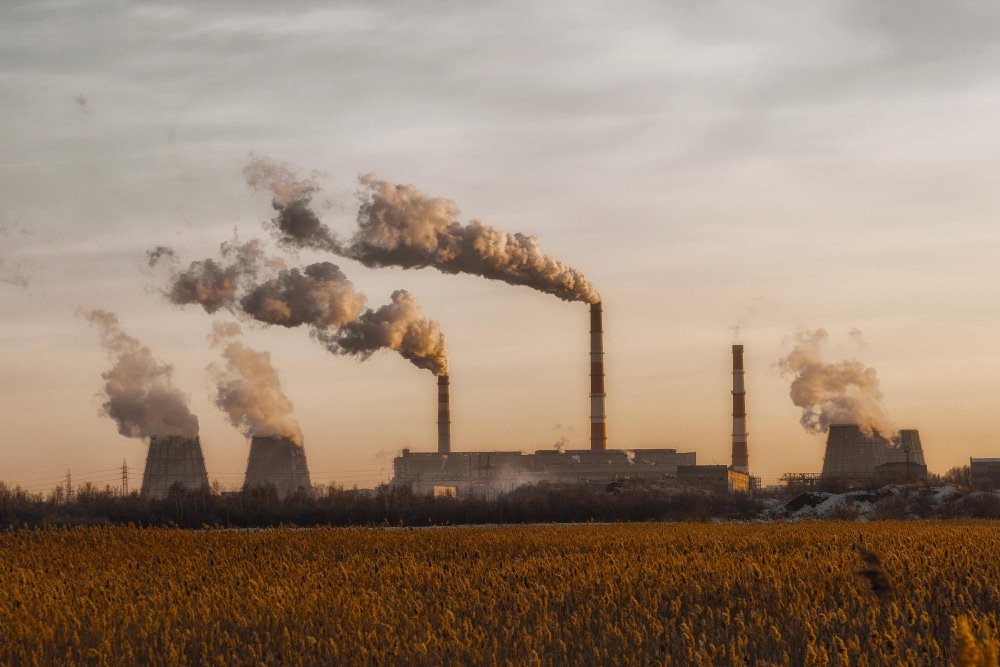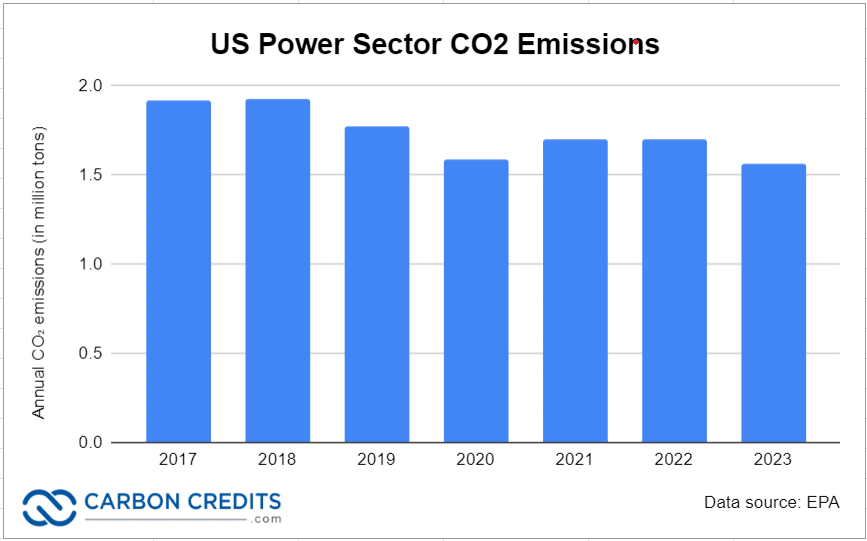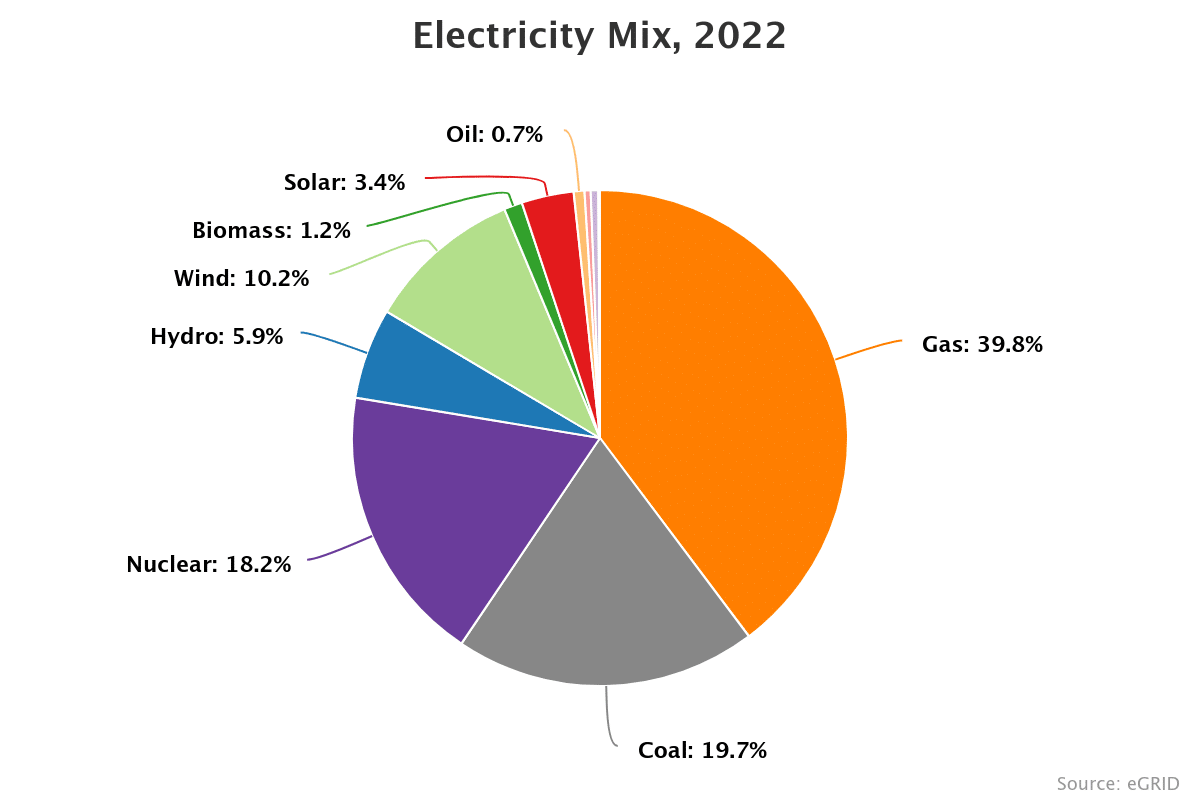The US Environmental Protection Agency (EPA) has released a report highlighting a significant milestone: a 7% decrease in carbon dioxide emissions from the country’s power sector in 2023, marking the most substantial annual drop since 2020. This achievement reflects shifts in fossil fuel-based electricity generation and underscores ongoing efforts to mitigate climate impact.
The agency’s data showed that all four quarters of 2023 saw significant reductions in measured pollutants compared to 2022. The decline in emissions is mainly due to shifts in the mix of fossil fuel-based electricity generation.
Key Driver of Emission Reductions
Power plants, including coal, natural gas, and oil facilities, significantly contribute to CO2 emissions, demanding urgent action for environmental preservation. The United States, a major emitter, has been implementing various measures to address these planet-warming emissions to mitigate climate impact.
The EPA publishes quarterly and annual updates on power plant emissions data, including sulfur dioxide (SO2), nitrogen oxides (NOx), carbon dioxide (CO2), and mercury (Hg). The following is the breakdown of the change in annual emissions, 2023 versus 2022, per pollutant:
- 15% decrease for NOX
- 24% decrease for SO2
- 17% decrease for Hg
- 7% decrease for CO2
In the long-term, between 1990 and 2023, power plant emissions also saw significant reductions: SO2 emissions dropped by 96%, NOx emissions by 90%. In 2023, Cross-State Air Pollution Rule and Acid Rain Program sources emitted 0.65 million tons of SO2, down by 11.2 million tons from 1995.
Similarly, NOx emissions were reduced by 5.2 million tons. Additionally, power plants cut CO2 emissions by 28% from 1995 to 2023 while complying with emission reduction programs.
Natural Gas Role and Future Regulations
Coal generation dropped by 18%, leading to notable emission reductions compared to the previous year. Meanwhile, power production from natural gas plants increased by 8%.
Despite the rise in natural gas plant output, carbon pollution from these facilities rose by 6.4% in 2023. The agency discovered that the country’s 2,000+ natural gas-powered plants emitted 697 million metric tons of CO2 last year, up from 655 million metric tons in the previous year.
However, because natural gas-fired plants emit less CO2 than coal-fired ones, they have contributed to an overall reduction in US greenhouse gas emissions.
Nevertheless, efforts to expand natural gas-fired fleets have faced opposition in some communities concerned about environmental impact. Currently, natural gas-fired power plants account for about 35% of the sector’s emissions, per the US Energy Information Administration report.
The Edison Electric Institute (EEI), a trade group representing US investor-owned utilities, has consistently advocated for the importance of natural gas-fired power plants in facilitating the integration of renewables into the electric grid. They emphasized the evolving US energy mix, noting that 40% of electricity now comes from clean, carbon-free resources.
In May 2023, the Biden administration proposed new rules aimed at reducing climate-warming emissions from large gas-fired power plants.
These rules would mandate that such plants co-fire with 96% clean hydrogen by 2038. Additionally, the proposed regulations would require nearly all coal-fired plants lacking carbon capture and sequestration technology to cease operations by 2035.
EPA’s Call for Continued Action
The EPA further reported that overall fossil fuel generation decreased by 2% in 2023 compared to 2022. Total CO2 emissions from the power sector decreased from about 1.5 billion metric tons in 2022 to 1.4 billion metric tons in 2023.
Furthermore, the retirement of coal-fired power plants in 2023 led to significant reductions in other pollutants detrimental to public health. Joseph Goffman, Assistant Administrator for EPA’s Office of Air and Radiation acknowledged the progress made but emphasized the need for further advancements. He particularly noted that:
“This snapshot of progress over the past year shows we are moving in the right direction, but more progress is needed… President Biden is committed to building a clean energy future, and EPA will continue to work with state, Tribal and local leaders, in addition to major players in the power sector, to build on our progress and protect public health.”



